As a shrewd appreneur, eager to notch up your download stats, the prospect of entering foreign markets can be a little daunting. It’s an exciting thought too, but daunting is the first word that springs to mind.
Yet if you’re like most developers, the potential opportunities are now too big to ignore. The number of worldwide app downloads continues to increase in real terms, with the pace of growth in developing markets eclipsing that of English-speaking ones.
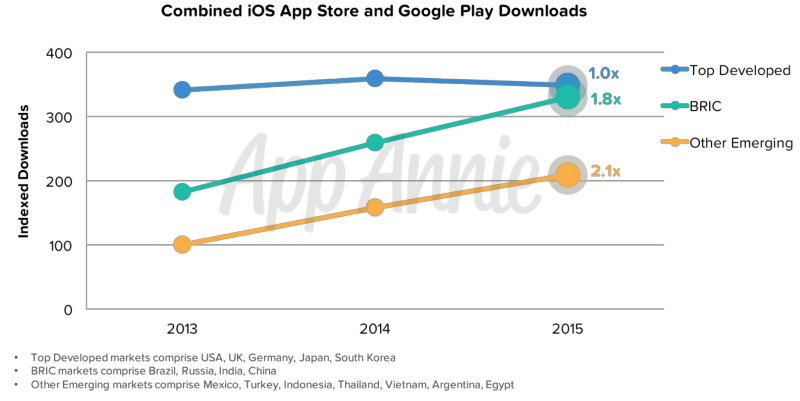
(Source: App Annie)
In their report on emerging markets, AppAnnie concluded that, “Brazil, Russia, India and China (BRIC) overshadowed the world’s most developed app markets in download growth, rising 80% year over year.”
Unique opportunities…
There are also unique marketing opportunities, such as the ability to set lower prices in certain countries, that you can take advantage of as part of a broader international strategy. So there’s potential for an effect on you bottom line beyond mere extra downloads.
Equally, different user habits may mean that English-speaking countries, especially the USA, are not even the best primary target market for your app.
Take a look at Sensor Tower’s quirky little heat map that shows how many “fun” apps are being downloaded country-by-country compared to “serious” apps. If you’re a games developer with a predilection for blowing up kittens, for instance, the implications should be obvious.
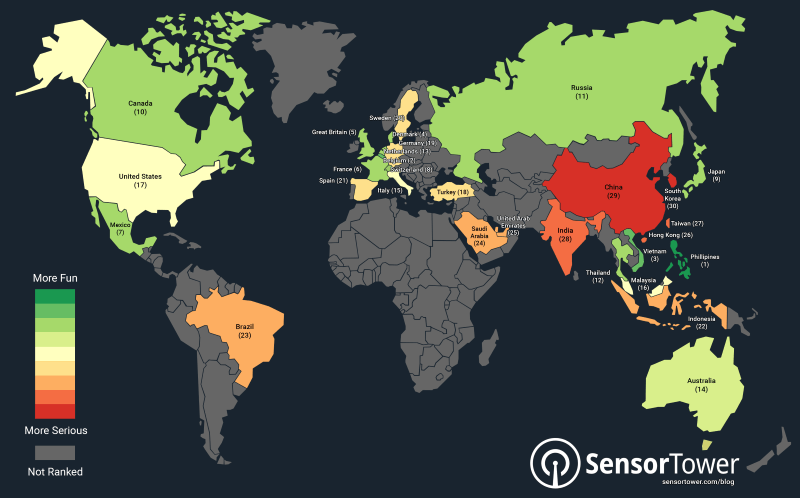
(Source: Sensor Tower)
So, all in all, it’s a bit of a no-brainer. But where should you start? And, importantly, how can you test the viability of new potential markets without sacrificing your hard-earned money?
Testing the waters…
Fortunately, there’s a simple way of dipping your toes into the water – effectively determining which markets, if any, are suitable for full-scale localization. And the wonderful thing about it? There’s next to no risk involved…
MVP for Localization
You’ll likely be familiar with the concept of a minimum viable product. If you’re not then the basic notion is to develop some kind of offering, at the lowest possible expense, to gauge the thirst of a market for a fully developed product.
This simple idea can be applied to localization in the form of MVL (minimum viable localization). In essence, the process involves adding foreign-language metadata to your app store profiles so that you’re able to rank for foreign searches and appeal directly to users in their own language.
The real trick is in finding the right markets to enter, engaging the right translators, and then optimizing for the app store effectively. We’ll cover all those points in a moment. First however, here are a few case studies to whet your appetite…
Harlem Shake Yourself – 767% increase in downloads
|
David Janner, developer of the hugely popular app Harlem Shake Yourself, attributes his success primarily to localization. He went from 3000 to 23,000 downloads over a period of just one month – that’s an increase of 767%! The amazing thing about his success is that he achieved this growth with only MVL strategies. Just by changing the titles and descriptions he went from catering to a 67.2% English-speaking market to a worldwide one. |
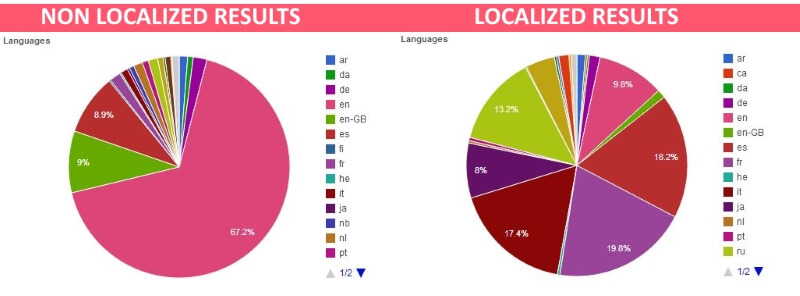
(Source: Make App Magazine)
Honorbound – over 5 million downloads and 14 times more features on the App Store
 |
Juicebox Games, the creators Honorbound, have used effective localization to turn their game into one of the world’s best-known. What’s interesting about this case study is how quickly their download rankings skyrocketed. In the graph below, you can see their before their global release. |
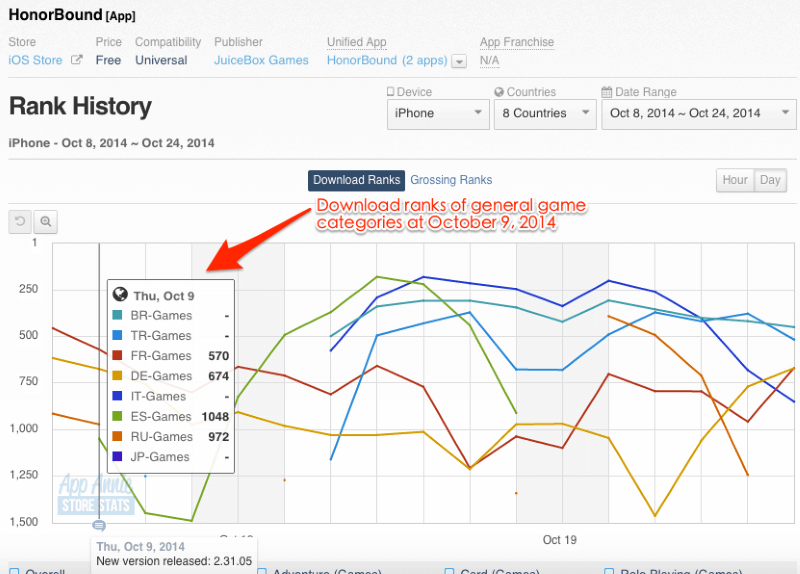
(Source: App Annie)
Two weeks later, downloads shot up in all of their target countries. Of particular note is Turkey, where they went from not even featuring to number 377.
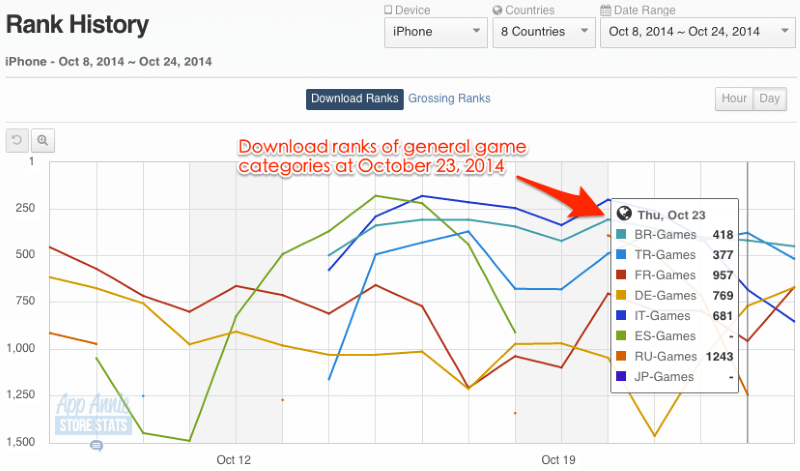
(Source: App Annie)
Familonet – 400% increase in users
 |
Familonet is an interesting location app targeted at families. It enables members to stay up-to-date with the whereabouts of their loved ones and utilizes a subscription model. The company that released it went from 100,000 subscribers to 500,000 in the space of a few short months by targeting twelve different languages – astonishing figures by any stretch of the imagination. |

(Source: PhraseApp)
So, by now, I’m hoping you’re sold on the potential benefits of tailoring your app for foreign users. Testing the markets could be one of the most important (not to mention profitable) things you do – if you need more examples then have a look at these five case studies of popular puzzle games.
So, let’s get into the nitty gritty of how to do it.
Wait a minute! If I am just a beginner with apps will localization still help me?
The quick answer is – most certainly YES. It’s actually very simple. most people who are interested in reskinning apps and publishing on the app store don’t spend much on localization. it’s a big mistake because you lose your chances to rank for foreign languages and in turn improve your organic downloads significantly.
Take a look at two apps from our private experiments. one uses MVL for 12 languages while the other has only English set in place. we are also looking only on the first 11 days to make the point clear. Just to make it fully clear we performed ZERO marketing. everything you see is just the result of setting up MVL for languages and the organic result of the practice.
An app with MVL only for English
This game gained a total of 6 downloads. averaging 1 install per day.
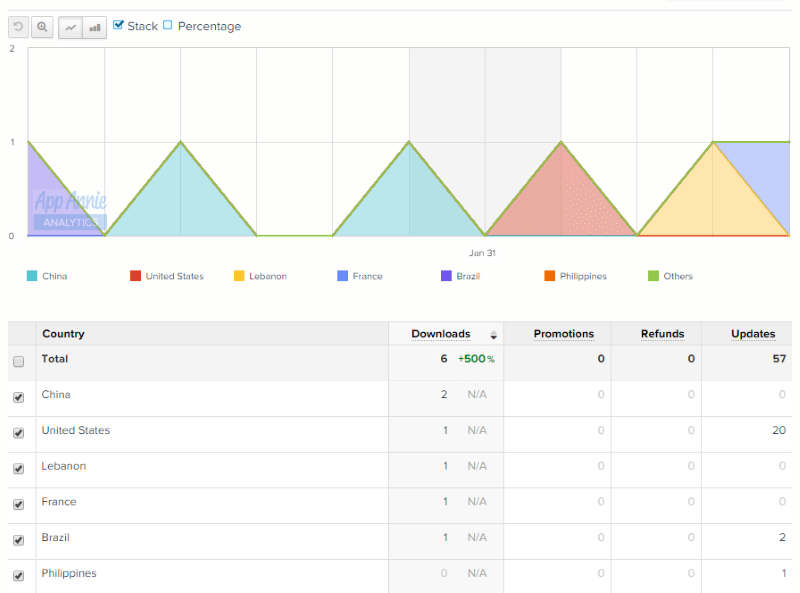
An app with MVL for 12 languages including English
This app gained a staggering amount of 440 installs in the first 11 days. out of them 179 installs come from China. something that would never happen without proper MVL.
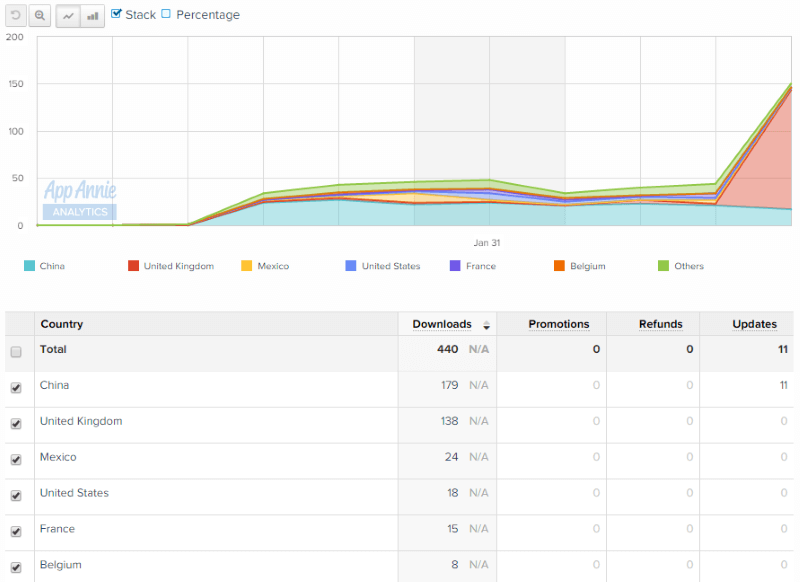
Which Countries Should I Target?
Here’s our checklist for determining the best languages to target with MVL. What’s important to remember is that there’s no set method. The best route to foreign markets will vary with individual apps – use the following pointers to craft your own unique strategy.
1. Understand international download and revenue date.
AppAnnie released some fairly conclusive data about which languages are best to target. What’s interesting, however, is the disparity between the number of downloads worldwide and the spread of revenue. It’s important to remember that decision-informing statistics need to be evaluated in the context of earnings, not just users or downloads.
Consider, for instance, basic data on downloads by country…
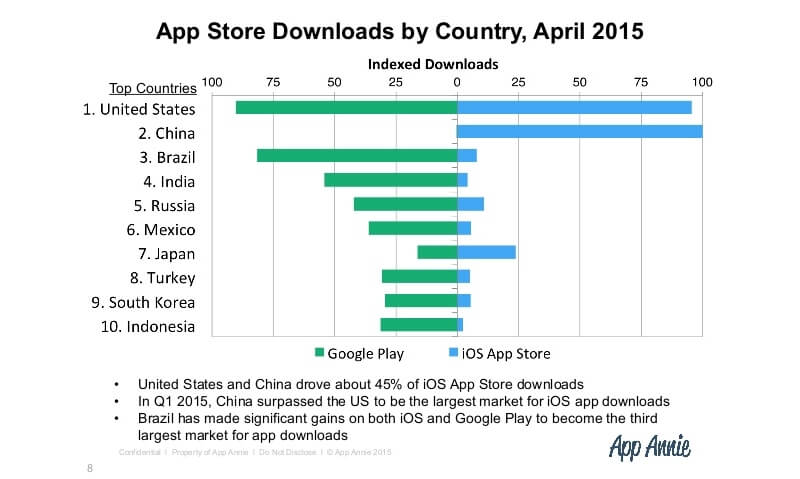
(Source: App Annie)
Now compare this data about worldwide downloads to data about worldwide revenue…
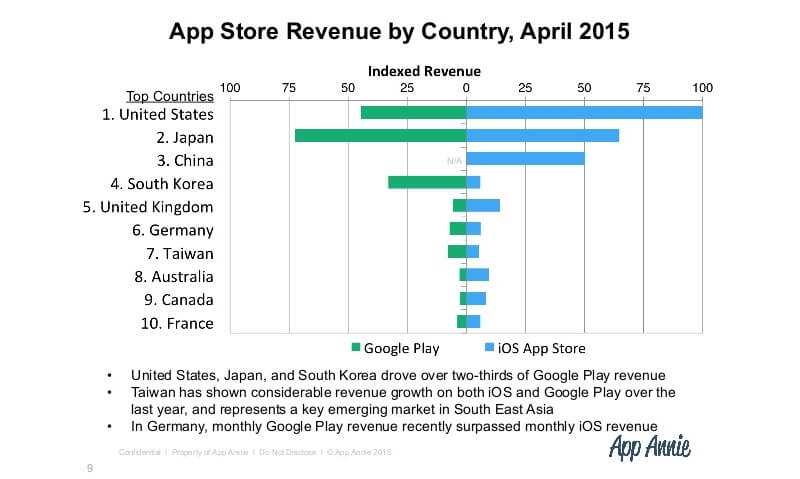
(Source: App Annie)
We can use both of these graphs to conclude that, on a general level, the following are the best languages to localise for:
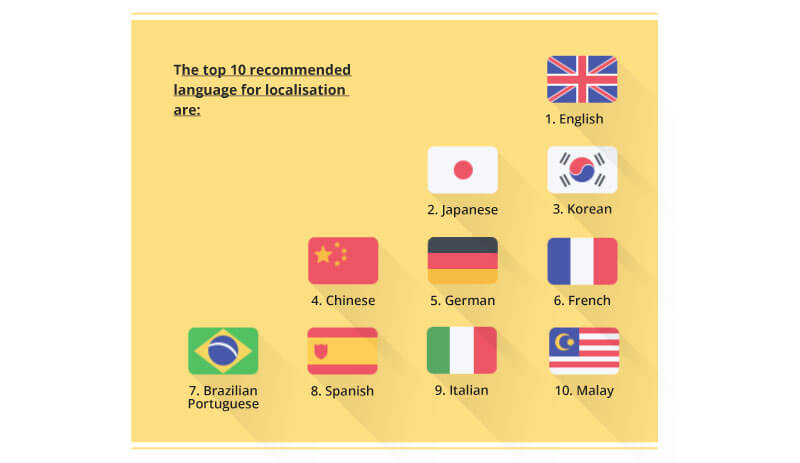
2. Look to your current users
All of the above data taken into consideration, it’s still important to take a broad view – bringing other factors into the mix. One key question to ask is, “Where are my current foreign users coming from?” If your app is garnering users in Europe or Asia without any localisation then that’s a pretty strong indicator you’ll do well there.
3. Discover which countries similar well-known apps are localizing for
You can use tools like Sensor Tower and AppAnnie to spy on your “indirect” competitors. Where are they successfully localising? The key word here is similar not identical. Obviously, the presence of big players can be a cause for concern, but it can also be a good indicator of general demand.
Imagine that you’re selling a casual dating app targeted at people with ginger hair (credit Sell My App if you run with the idea and it takes off). The fact that Tinder does very well in France, for instance, could be a good prompt to c




1 則留言
Lorem Ipsum is simply dummy text of the printing and typesetting industry.